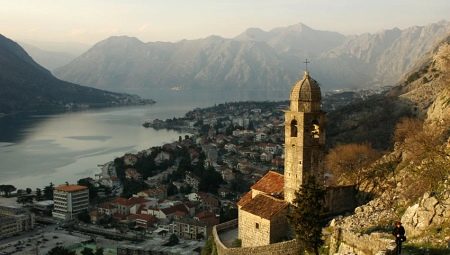Montenegrin cities are beautiful and wonderful - it is known to all tourists who have been there. But you need to get acquainted with each of them separately. You should carefully study the city of Kotor.
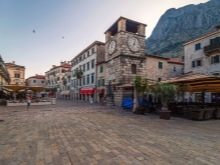
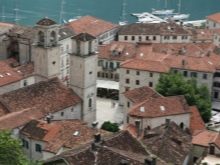
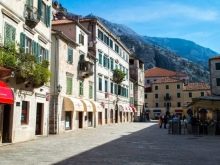
Description of the city
The earliest known mention of Kotor is in 168 BC. The current name of the city is already the fifth in a row. They used to call him:
- Akruvium;
- Ascuroion;
- Decaterone;
- Cattaro.
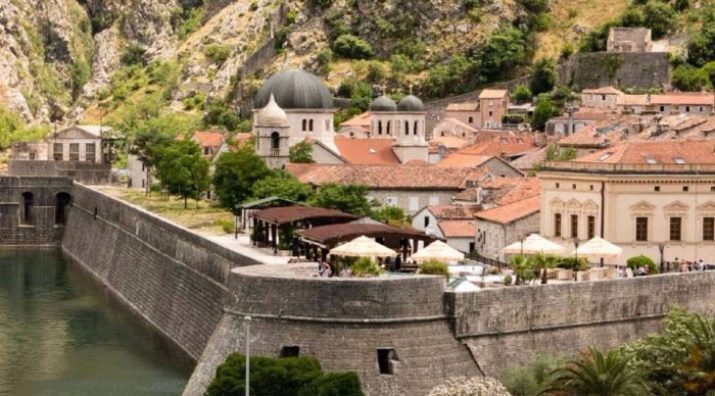
The total area of the city is 335 square meters. km The central part of Kotor is raised 16 m above sea level. In winter, it is in the UTC + 1 time zone, and in the summer months, the clock moves another hour forward.

It is generally accepted that Kotor is located in the subtropic zone.
The total population of the city in 2003 exceeded 13,170 people. In addition to the Montenegrins, this number includes the Serbs. Therefore, the Orthodox and Catholic faiths dominate. Kotor is the main governing center of the community of the same name. It is located on the coast of the Bay of Kotor, belonging to the Adriatic Sea basin.
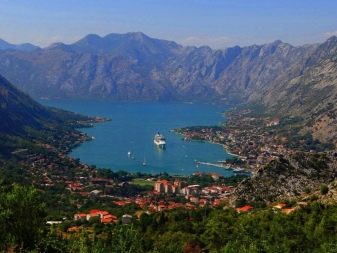

In ancient times, Kotor was attributed to the area of Dalmatia. The old part of urban development is officially protected by UNESCO. The city has been an important cultural and commercial center for many centuries. The local population often preferred to go to sea and trade with distant countries. In memory of that era, the National Maritime Museum of Montenegro now operates.
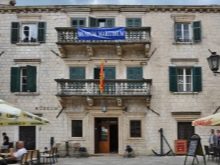

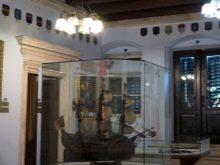
Additionally, these days are valid:
- Maritime Department of the main university of the country (formed on the basis of the nautical school);
- “Montenegrin Association of Ship Owners”;
- voluntary association of maritime workers.
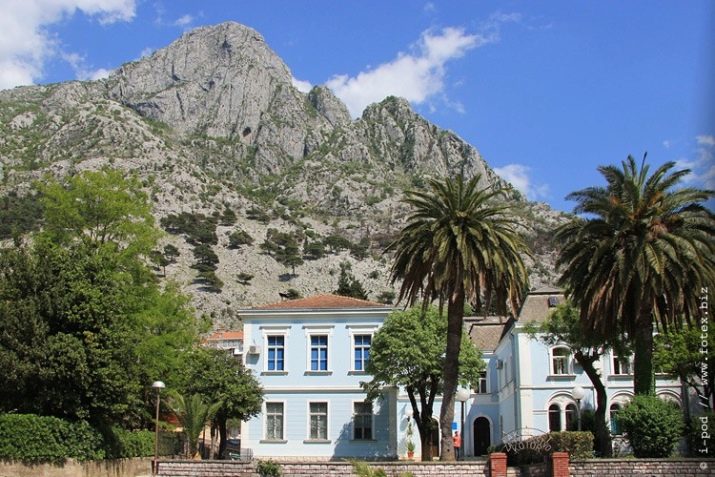
As you can easily see on the map, Kotor occupies the southeast of the Bay of Kotor. The Lovcen Range is nearby. Along with the buildings stretching along the coast, a part of the city occupies a valley in front of a rather high (260 m) hill. The Bay of Kotor is notable for the fact that it is one of the most deep-seated parts of the Adriatic Sea.
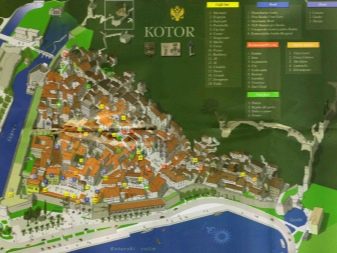
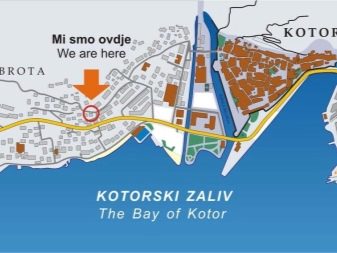
To be precise, this is the place where one large bay actually splits into several smaller bays.
Between the coves are relatively narrow necks. For a long time it was believed that the Bay of Kotor is a fjord. But subsequent geological and oceanological surveys have established that these are the remains of an ancient river canyon. In a number of popular sources, the Bay of Kotor is called the Boko-Kotor Bay. In any case, the beauty of this bay makes it one of the best in Europe.
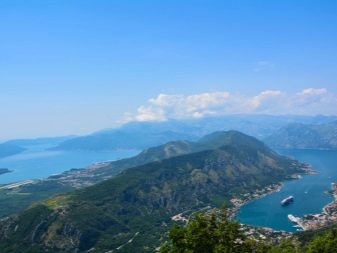
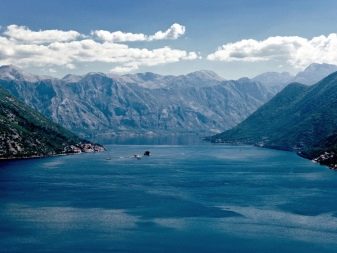
The summer in Kotor is warm and relatively dry; in winter, damp, mild weather. On average, the temperature is a little over 15 degrees per year. The warmest in July (when the average temperature reaches 25 degrees). But even in the coldest January, the average monthly air temperature is more than 7 degrees.

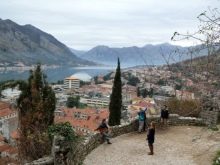
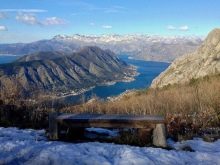
The fall months are slightly warmer than the spring. The vast majority of rainfall in Kotor falls in autumn and winter. Most often, the wind blows from the south and south-east. The bathing season sometimes lasts more than 140 days. All this weather splendor delights 13,000 residents of Kotor itself and 9,771 residents of the suburbs - Kindness.
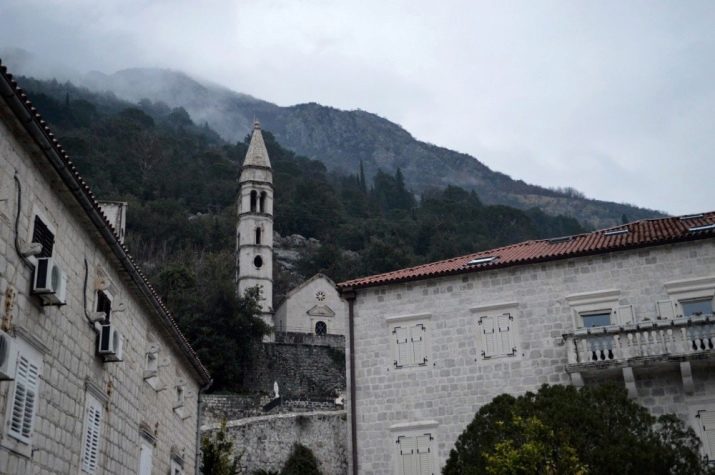
Physically, these points are one, but administratively they are separated.
Curious that Despite the dominance among the inhabitants of the Orthodox faith, the opposite ratio is observed in the number of churches and their capacity. This is due to the fact that for many, many centuries the political weight of the two communities was disproportionate to their total number. At the beginning of the XXI century, religious borders were largely erased, including family ties. There are no confessional conflicts here.
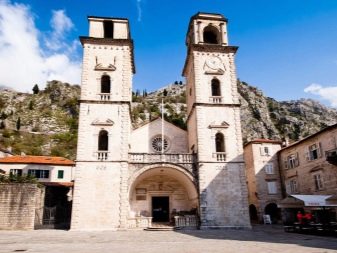

The history of Kotor at the same time knows many impressive ups and downs. There is reliable evidence that the Boka Kotor Bay was developed during the Neolithic. In ancient times, this area is inhabited by a tribe of Illyrians. The city itself (called Akruvium) was built by the Roman conquerors. He was mentioned in his writings by Pliny the Elder and Ptolemy. The Byzantines gave Kotor the name Decaderon (Decateron, Decater), while there are two versions from which such a name appeared.
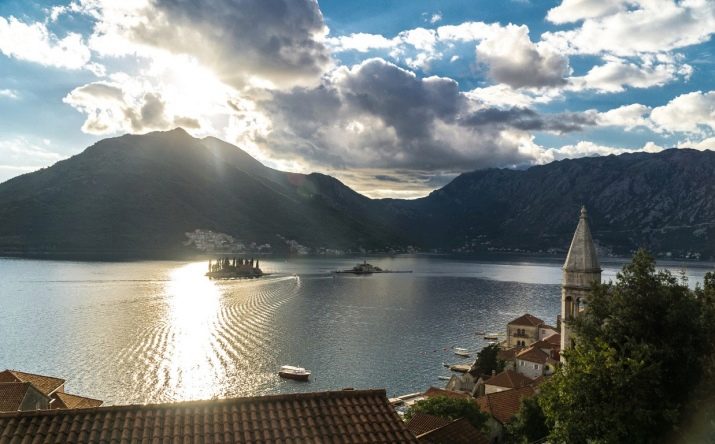
Some experts believe that it indicates an abundance of hot springs. But according to Emperor Konstantin Bagryanorodny, the word "Decater" indicates a narrow sea bay. The fortress in Kotor was built by another emperor - Justinian. However, in 840, it did not stop the Arab pirates from raiding and successfully plundering all the surrounding areas.
Until the 11th century, a population of Dalmatians predominated in Kotor. But in the XI century it was renamed Cattaro. In 1185, the Byzantine era in the development of the city ended. It was then that Kotor surrendered without a fight to the victorious troops of the Serbian great jupan Stefan Nemani. After surrender, he became a dependent state. Local authority remained intact, even leaving the authority to start and end wars.
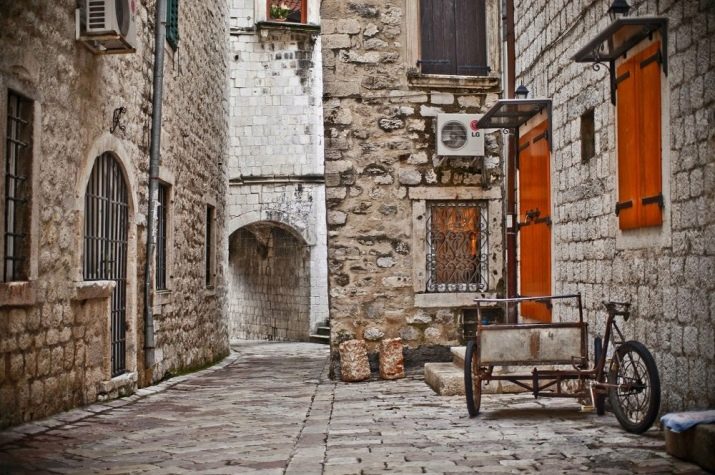
In the Serbian period, Kotor specialized in Adriatic trade with Western European countries. From 1371 to 1420, he was as independent as before, but already under the Venetian vassalism. Independence lasted from 1391-1420. After that, more than three centuries, Kotor belonged to Venice.
City officials agreed to avoid being captured by Turkish troops.
Later Kotor controlled:
- Austria;
- Kingdom of italy;
- French Empire
- Austria-Hungary;
- Serbian Kingdom
- Italy with the Third Reich;
- SFRY.
How to get there?
Such an unusual and turbulent history makes the city of Kotor very popular among tourists. Therefore, it is useful to know how to arrive there. And if travelers have already arrived at the place, then they should definitely visit such nearby cities as:
- Budva
- Herceg Novi;
- Tivat;
- Saint Stephen;
- Risan.
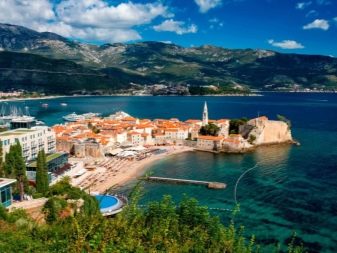
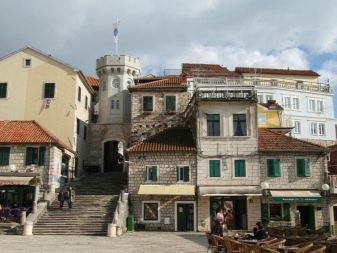
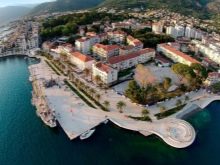
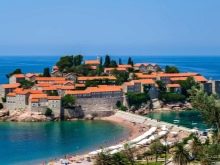
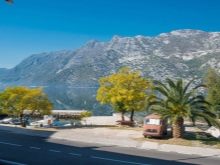
There is a bus service between any Montenegrin cities and Kotor. The bus station is located at a distance of 700 meters from the old part of the city. You can see where to go immediately upon leaving the building. The distance from Budva is 23 km (if you go on a short road).
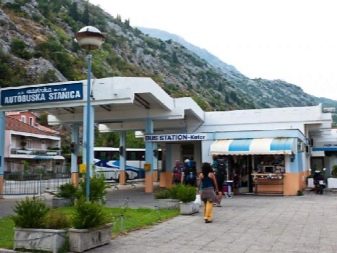
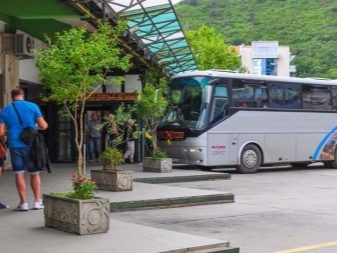
A longer, but also more picturesque path is 41 km. Theoretically, you can ride a bus. However, there are too many places that can only be reached by car.
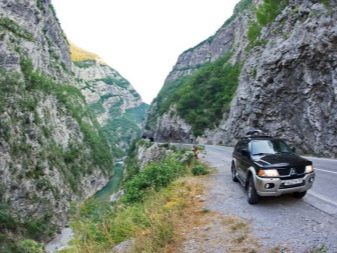
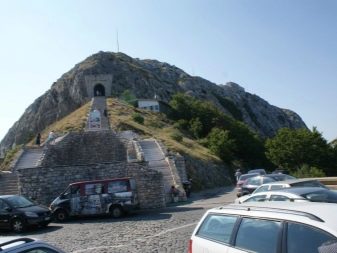
Tourists who have landed at Podgorica Airport can move through Budva. However, they can go and through Cetinje. Then the road will pass along the narrow mountain paths. But you can enjoy stunning views of the surroundings. Travelers often stop and take photos. A faster route passes through the tunnel; no fare is charged for it.
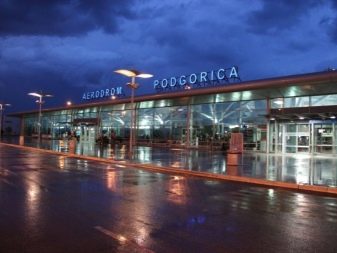

Nothing more remarkable than a short road does not stand out. On this way they go purely for business purposes. When renting a car, it is undesirable to save on paid parking lots. The cost of them is still less than the cost of evacuating the car.

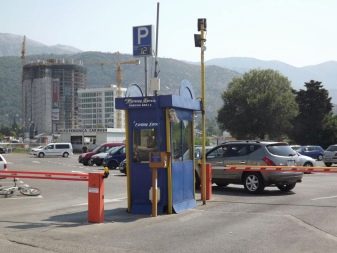
Firmly deciding to get to Kotor on your own and soon, you need to use Tivat Airport. This is the closest arrival point. The problem is that you can fly to Tivat only during daylight hours. If the airport is temporarily closed due to bad weather or for another reason, flying planes are sent to Podgorica. In this case, passengers are taken to Tivat by bus, without charging an additional fee. Finding a stop for buses traveling to Kotor is not too difficult - they pick up passengers on the Adriatic Highway, 250 meters to the left of the airport building.
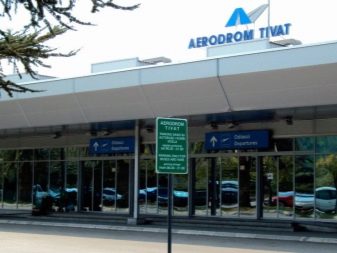
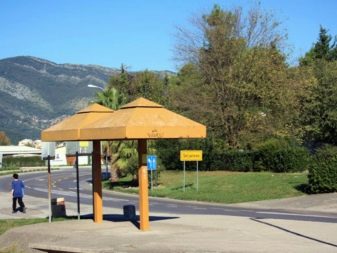
A separate topic is how to get from Dubrovnik to Kotor. In a straight line between these cities 37 km. But the distance when driving by car will be 75 km. On average, it can be covered in 80 minutes. More accurately, one can only say the specific situation on the road. There is no railway connection between Kotor and Dubrovnik. But here (or rather, to the station Bar) trains leave from Moscow.
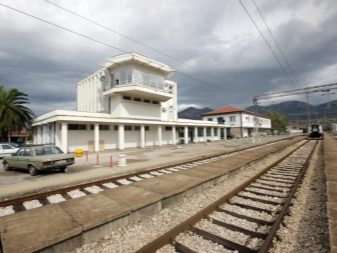

Bar Bus Station is located 150 meters from the train station. From here, buses go to Kotor from morning to evening. Car owners can take a chance and go to Kotor in a private car. The distance between Moscow and Kotor is 2900 km. On the way you will have to drive through:
- Belarus;
- Poland
- Czech Republic
- Austria
- Slovenia;
- Croatia
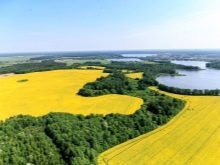
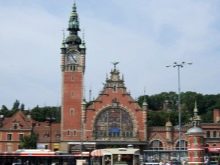

Drivers note that the roads throughout are very good. Part of the route will fall on paid sections. On the border of Belarus with Poland will have to show the "Green Card". Will also have to issue a Schengen visa. The infrastructure on the route is very developed.
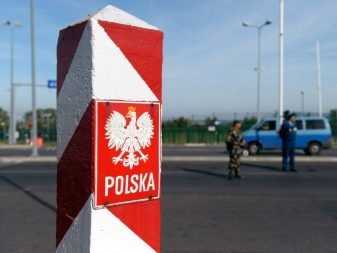
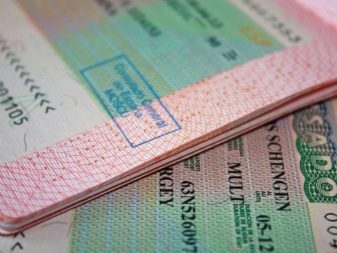
Where to stay?
To find out where it is better to live in Kotor, you should not focus only on the objects closest to the bus station. It is better to take into account the reviews left by former guests. Very good marks give the hotel "Galia". She officially assigned 3 stars. Galia is a 5-minute drive from the center of town.
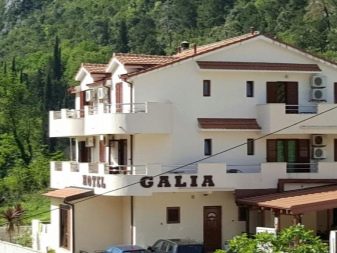
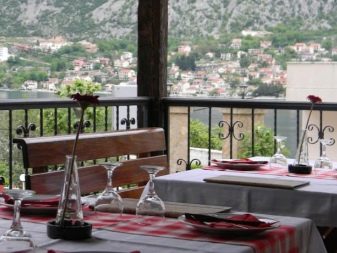
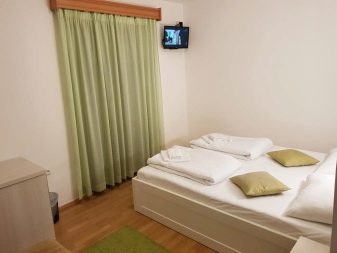

The advantage of the hotel is the view from the windows of all rooms. From everywhere the waters of the bay are visible. In addition to the minimum distance to the beach, there is another advantage - well-equipped rooms. 100% of the rooms are equipped with seating areas, satellite TV and air conditioning.
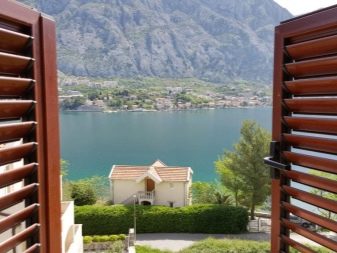
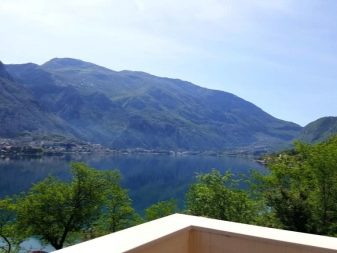
The miniature hotel is fully equipped with Wi-fi network. It is worth going here first of all to those who are fond of active leisure. The administration took care of the possibility of renting a car. Room rates initially include breakfast. Visitors are available:
- boat trips by canoe;
- sea fishing;
- hiking in elegant surroundings.
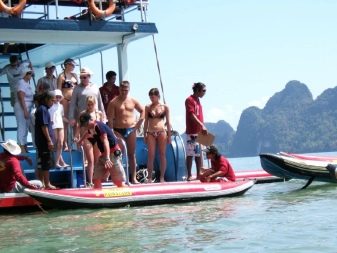
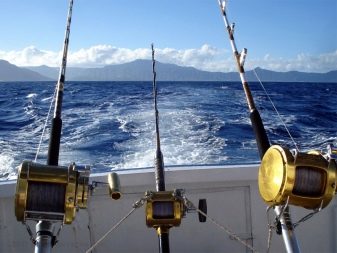
Of the alternatives, it is worth mentioning the hotel "Casa del Mare". She was classified as corresponding to a 4 star level. There are no more than 10 rooms, but each of them is extremely popular. Therefore, reservations must be made in advance. Near the hotel there is a supermarket "Orahovac".
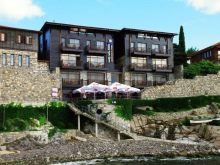
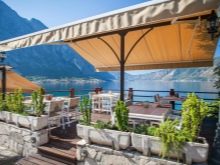

This store sells everything that can be useful at your leisure. 100% of hotel rooms are air-conditioned; miniature bars are placed everywhere. The best (and most expensive) rooms have balconies from where it is convenient to view the bay. Visitors can use a separate beach area where strangers do not get. A sauna, hot tub and massage services are also available.
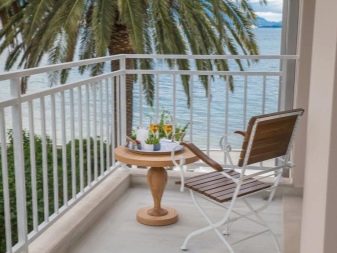
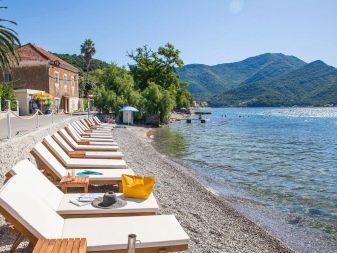
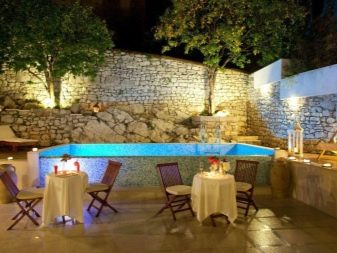
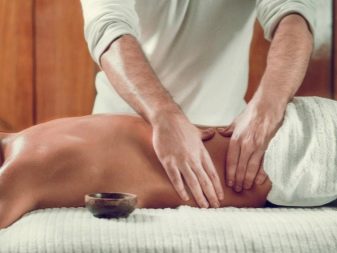
The hotel offers its customers free parking. The signature restaurant serves excellent fish dishes. There is a cafe-bar on the beach. Large groups of visitors will be more satisfied with the placement in the rooms of the category "Deluxe".
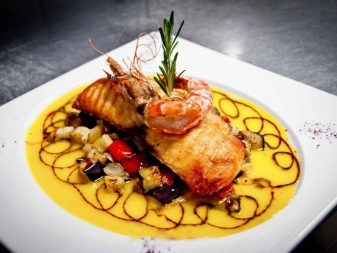
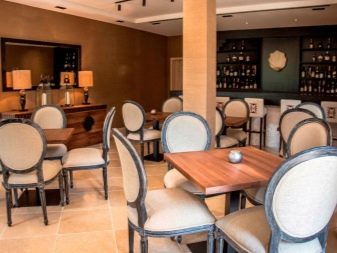
Due to the terrace and an additional increase in other rooms, their area will be 45 square meters. m. Children under 10 years old are allowed to live with their parents for free.
Those who prefer apartments out of all types of real estate should choose "Apartments Nikcevic". The aparthotel has a confirmed level of 3 stars. A 10-minute taxi ride takes you to the old city center. Near the hotel there are many shops and catering establishments. You can arrive here from the city bus station in about 15 minutes.
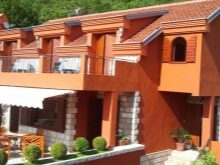
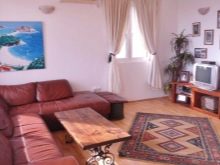
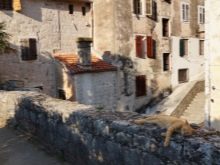
Hotel apartments can accommodate 2, 3 or 4 people. The hotel does not have air conditioning. Instead, powerful fans were installed. 100% of the rooms have private bathrooms. There is an outdoor summer pool on the street, and barbecue facilities are available on the terrace in the modest garden. Among the additional hotel services, a transfer to a specific place or to one of two airports should be mentioned.
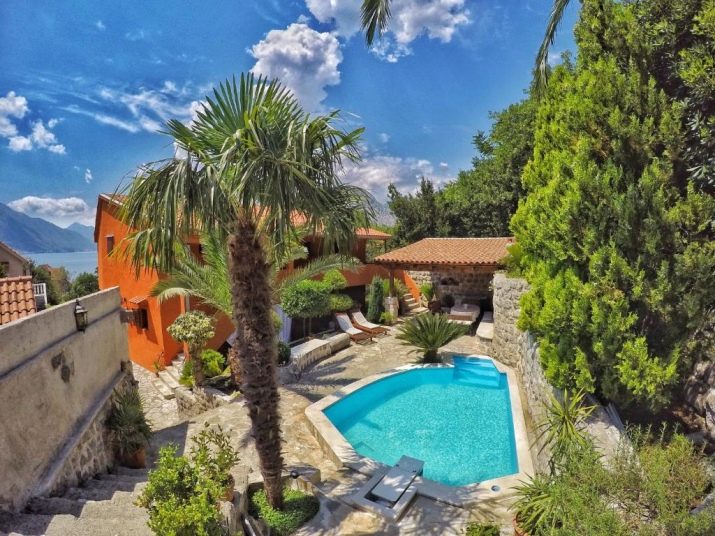
sights
No matter which hotel tourists choose, it is important for them to know what exactly to see in Kotor in the first place. It is appropriate to start the inspection from the old part of town. It is easy to find it - just around the perimeter there are powerful walls and strong gates. Immediately preserved from the Middle Ages fortress designed to repel invasions from the sea. In the Old Town there are many religious buildings and fountains, just old houses.
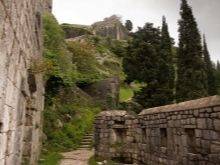
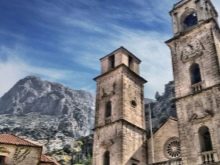
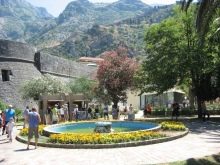
The prevailing style in this part of Kotor is inherited from the period of the XV-XVIII centuries. The walls of the fortress and its auxiliary fortifications reach 4.5 km in length. The walls are 20 m high, and in some places their thickness reaches 16 m. Initially, passages were made in the fortifications, allowing you to go upstairs to improvised viewing platforms.
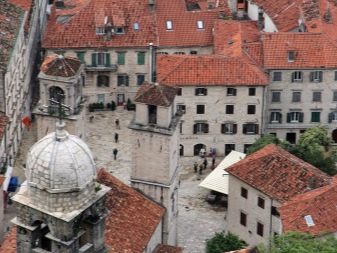
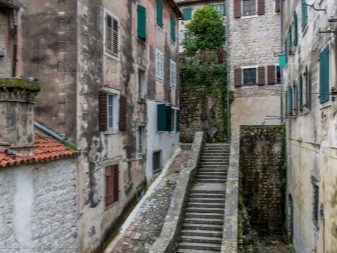
In its present form, the fortress developed by the half of the XIX century - shortly before when this type of fortification was a thing of the past. On excursions and on independent walks invariably pay attention to the gates of the fortress. By themselves, they represent completely unique structures. Near the River Gates, located on the north side of the citadel, an attractive arch bridge.
You should not think, however, that the sights of Kotor are limited to one fortress. There are many temple buildings.

Cathedral of St. Tryphon
This is the main pearl of Christian architecture in the city. She embodied the high achievements of the Romanesque style (or rather, its Adriatic branch). The cathedral was consecrated back in 1166, but this did not prevent subsequently repeatedly shelling it with cannons. The temple also suffered from earthquakes, including the strong shocks that occurred in 1667. Instead of the destroyed Roman bell towers, new ones were built, which were already decorated under the baroque.

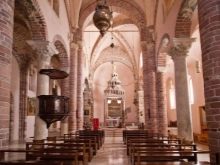
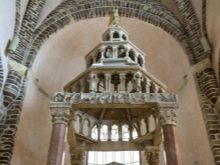
Fortress of St. John
This attraction is not located in the old city, and not even within the city, but near it on the mountain of the same name. The first fortifications here began to build more Illyrian tribes.Over the following centuries, echeloned fortifications were erected - ramparts, towers, bastions, isolated structures. Full fit into the surrounding mountains allowed to make the fortress of St. John as much as possible protected from enemies.
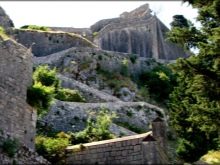
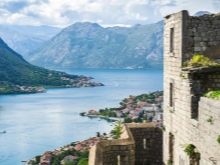
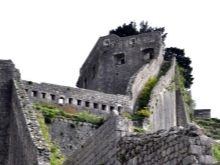
It was built in the last century, but at the same time carefully observed the standards of ancient architecture. Today, for the same reason, it looks very attractive.
Church of St. Nicholas
This is one of the best Orthodox churches in the city. It was built in the early years of the twentieth century to replace a previously burnt building; The architects took the classic Byzantine style as a basis. The temple is equipped with one nave and a pair of bell towers. A section of the city wall is adjacent to the church; inside the church of St. Nicholas is no less beautiful than outside.
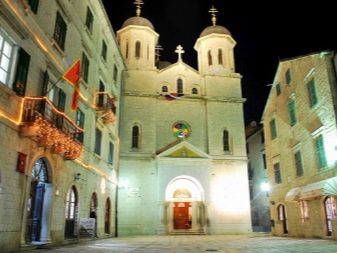
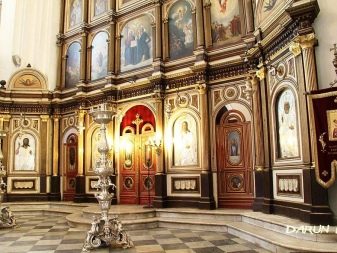
You can get to the temple directly from the city center, moving along street No. 2.
In addition to the already mentioned attractions, noteworthy is a little graceful Risan town, located near Kotor. The construction on this site was started by the Illyrians, who thus decided to create a capital for themselves. Around Risan grow dense coniferous forests. The atmosphere is exceptionally clean and almost transparent; total in the city about 2000 inhabitants. The town is definitely worth a visit Marble Castle.

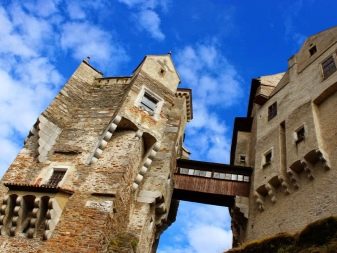
The Boka Kotor Bay is beautiful in itself. Amazing views open all along its coast. In addition to natural beauties, they are covered with a mass of ancient temples and small houses. If we talk about mountain beauties, then it is worth mentioning Lovcen park. The park space was divided into 9 sections, each of which is reserved for a specific group of animals and plants.
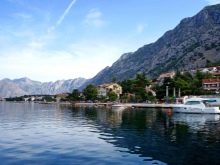
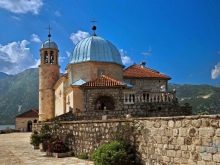

The mass of sales takes place in August. The Maritime Museum will reveal to tourists another facet of the history of Kotor and the entire Boka Kotor Bay, even the entire Mediterranean Sea. Engravings are displayed here showing how the city was besieged by pirates and Turks. The museum collection includes:
- models of sailing and steam ships;
- logbooks of famous ships;
- nautical accessories of old eras and many other items.
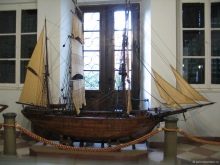
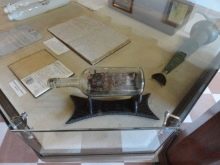
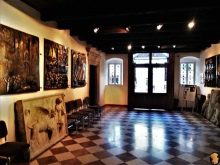
Recreation and entertainment
Visitors to Kotor most often lie on the beaches, ride on yachts (in between excursions). The city does not yet have an amusement park. But lovers of romance will find a way out - go to the mountains, walk along Lovcen park or go to sea by boat. A special children's entertainment program has been prepared in Lovcen. But for adult offers much less. Leading night club Maximus adjacent to the Old Town.

Beaches
For families with children, it is best to consider purely beach activities. Although the best beach venues are located in other resorts, there are also several suitable locations in Kotor. Connoisseurs recommend heading first to the suburbs of Kindness. It is very beautiful there, and the water in the sea is clean. The locals themselves often visit the covered pebbled Baeva Kula beach, on the border of which laurel groves are located.

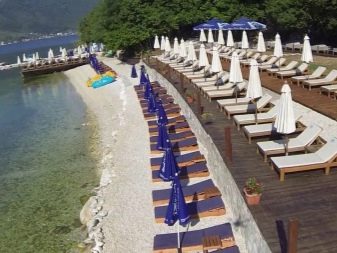
Restaurants and shops
Even in winter in Kotor there is much to go. If tourists go to Kotor for shopping, it is best to go on a trip in the second half of summer. The conditions for buying here are quite good, clothes are of particular quality. You can easily buy a lot of products from natural fabric.
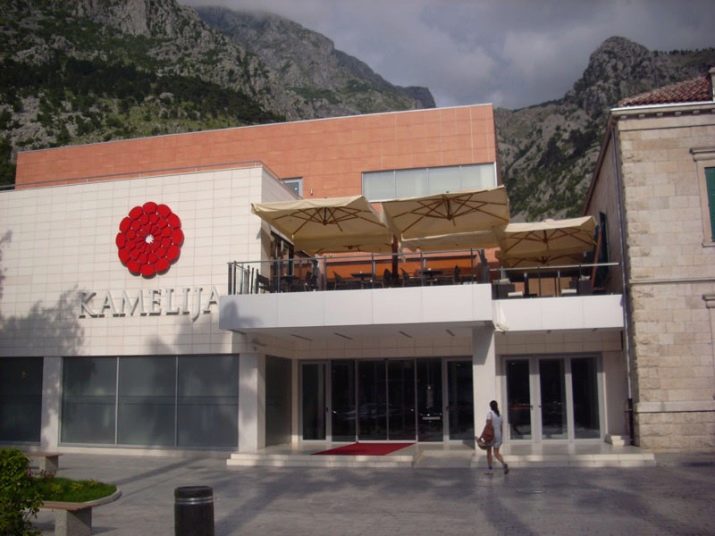
There are few large shopping centers in a small town. To buy souvenirs, it is best to visit modest shops and antique shops. It is also useful to be in the markets, because they sell goods that cannot be bought in stores. In addition to textiles in a traditional style, it is worth paying attention to:
- leather goods;
- craft products;
- Cheeses
- wine
- honey;
- prshut.
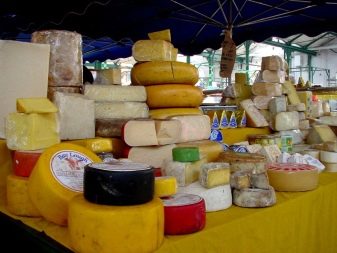
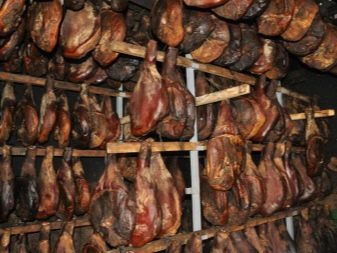
Restaurants in Kotor will delight visitors not only with delicious dishes, but also with a chic atmosphere. In addition to prosciutto, they should try kaimak cheese and fish baked according to the original recipe. The perfect seafood restaurant in town - "Bastion".
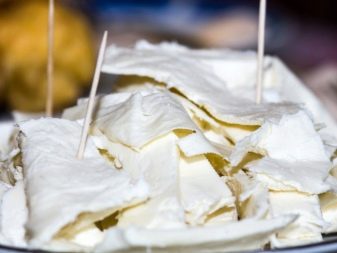
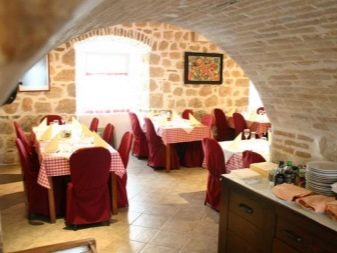
The chefs of the restaurant cook excellently and serve them in a room decorated in a vintage style.
Connoisseurs are certainly advised to visit "Stari Mlini". The windows overlook the sea and the only sandy beach in Kotor. The restaurant serves Mediterranean cuisine. Fish are grown in cages on the spot. For lunch or dinner, they pay between 40 and 90 euros. Of the bars of Kotor, the Bokun snack bar is definitely advised, where the Mediterranean menu prevails.


The advantage of the institution is low prices; the average check is not more than 20 euros. Experienced travelers also recommend a glimpse into the bars:
- Portobello
- Schoprion
- "Karampana";
- "Maximus".

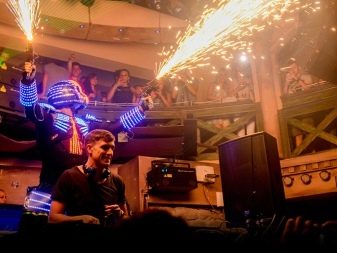
Reviews
The nature in Kotor is really very beautiful, and people are friendly. In this, the authors of most publications are not mistaken. The cost of products in large stores is quite high, it approximately coincides with prices in the main Russian cities. But the food is completely natural. There are many excursions, however it is very difficult to visit them with children, especially in the mountains.
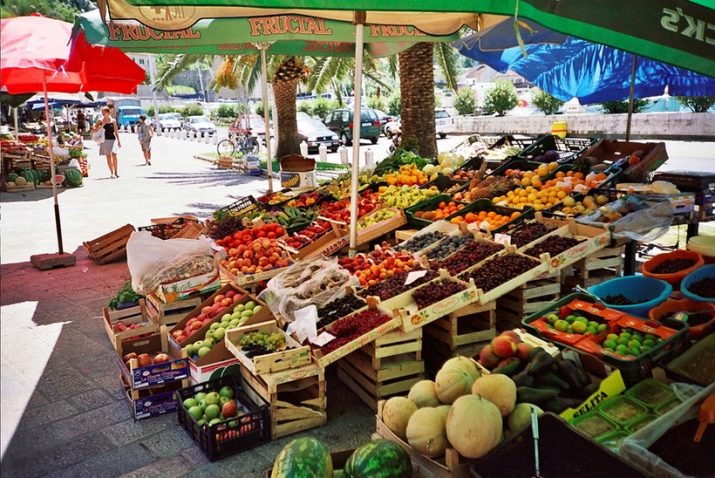
A beach holiday in Kotor in 2-3 days can be boring. Spending a lot of time here is unlikely to succeed, because without problems it will turn out to see all the sights slowly in 5-7 days. That is why it is recommended to combine a visit here with a tour of other cities in Montenegro. The best views in the city open from the top of the fortress walls. The cost of tours is quite acceptable with a fee for trips to more massive, overloaded with tourists Turkey, Greece, Thailand (with the same level of service).
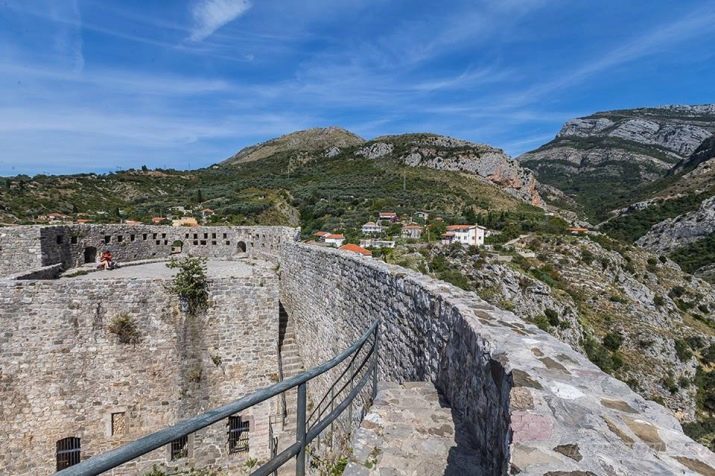
On the features of rest in the city of Kotor in Montenegro, see further.
